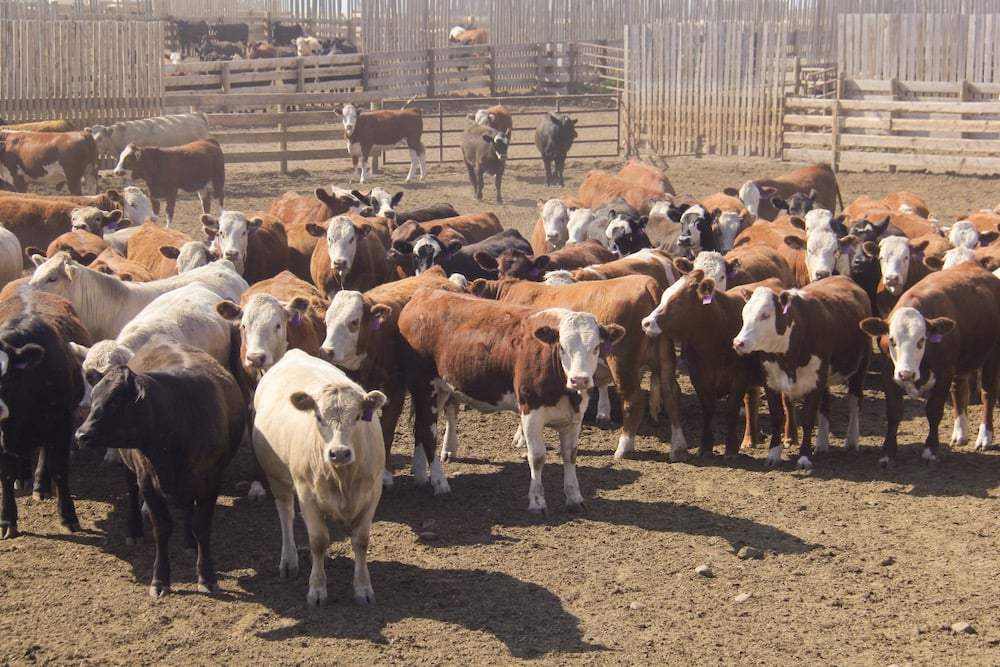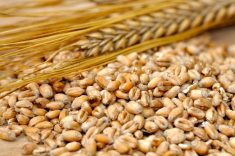Glacier FarmMedia MarketsFarm — There won’t be a whole lot of movement of feed grains on the Canadian Prairies any time soon, stated Darcy Haley, vice-president of Ag Value Brokers in Lethbridge. He said not only are the end-users overbooked, but the relentless uncertainty over tariffs continues to dominate the cattle industry across Western Canada.
“I couldn’t sell any barley for March to an end-user,” Haley stated. “The reason for that is the amount of feeder cattle out there that are up on offer is very low and they’re very expensive.”
Read Also

U.S. livestock: Feeder cattle rise to new highs on tight supply, strong cash prices
Chicago | Reuters – Chicago Mercantile Exchange feeder cattle futures rallied on Thursday to a record high on strong cash…
Added to that he said is the threat of the Trump administration imposing tariffs on goods the United States imports from Canada, including beef. Currently, U.S. President Donald Trump is holding off imposing a wide range of tariffs until Mar. 3.
Haley stressed the end-users in his area remain very cautious of what they could do next.
“The southern Alberta cattle feeder is doing a heck of a whole lot of nothing until they can see where things are going with tariffs,” he continued.
Currently, most bids are C$10 to C$15 per tonne less than most offers when it comes to feed barley. Also, it’s C$25/tonne cheaper that corn imported from the U.S. and wheat “is a non-issue, it’s way too expensive,” Haley said.
He suggested it will likely be another month and a half before there’s any significant movement in Prairie feed grains, with only small amounts being sold between “fellow trade members who needs a few loads.”
Haley said feed barley is about C$300/tonne for March and ranges from C$315 to C$320 for April-May-June delivery.
“Who’s going to crack?” he posed. “Is the buyer going to need it before the seller wants it? The seller is going to want to move some before the buyer wants it?”
Another aspect Haley pointed out is the estimated 15 per cent drop in the Prairie cattle herd. He said there hasn’t been enough retention due to the cattle prices being offered, and that could take up to four years to rectify.

















